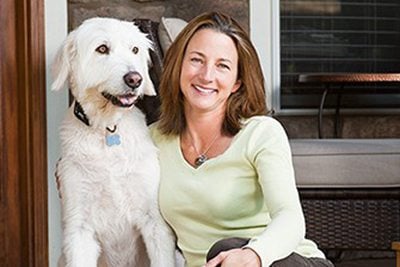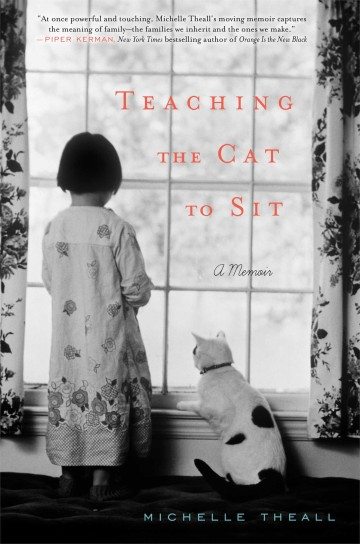
Michelle Theall’s Memoir Tracks Faith, Family, and Homophobia in Texas
In a 2001 episode of the Texas-set sitcom King of the Hill, well-meaning substitute teacher Peggy Hill tells her niece, Luanne, about losing her virginity to a young gay man who was wrestling with his sexual orientation. “He said, ‘Peggy, I think I might be gay,’” she tells Luanne. “And this was back when being gay in Texas was not as much fun as it is now.”
It’s a typical King of the Hill joke: dry, dark, and so Texan it hurts. While it’s undebatable that LGBT communities in the Lone Star State have made great recent strides—out lesbian Annise Parker has been elected mayor of Houston three times—LGBT Texans still have a long way to go. It was less than nine years ago that Texas voters approved a constitutional ban on same-sex marriage by a vote of 76 percent to 24 percent.

By Michelle Theall
Gallery Books
288 pages; $24.99
In her new memoir, Teaching the Cat to Sit, journalist Michelle Theall does a wonderful job chronicling her Catholic childhood in Texas, from the tiny town of Meeker to sprawling Dallas, in the 1970s and ’80s. It’s not just an account of growing up lesbian in a profoundly homophobic environment, but also a moving reflection on the nature of faith and family.
The book is told in chapters that alternate settings, creating a map-hopping structure that switches from Reagan-era Texas (billboards that read, “It’s a Child, Not a Choice”) to Boulder, Colorado, in 2009 (“where … medical marijuana shops and lesbians outnumber Republicans”). After studying at Texas Tech and living for a while in San Marcos, Theall moves to Colorado to start a new life with her partner and their son, Connor. Theall and her mother have little in common besides their Catholic faith and their love for young Connor. When Theall tries to have Connor baptized in a Catholic church, the parish priest balks, and Theall, to her mother’s chagrin, refuses to back down.
This parallel narrative structure can be tricky—it essentially requires telling two stories at the same time, and it can be difficult to get them to sync in a meaningful way. That’s not a problem for Theall. Her transitions from place to place and time to time are seamless, and make for some stunningly sad contrasts. At one point, young Theall, watching an episode of Three’s Company, asks her mother about homosexuality. “AIDS, that new plague that’s killing all those men, that is God’s wrath against gay people,” her mother says. “I don’t want to hear another word about it. Got it?” A few pages (and 28 years) later, Theall, her partner and their son are having a semi-cordial Christmas visit with Theall’s parents in San Marcos, where they find that while there are photos of Connor’s baptism displayed in his grandparents’ house, none of them include Theall’s partner, Jill. It gets worse quickly: Theall’s mother calls Jill by the maid’s name, then asks Jill to take—not pose in—the annual family Christmas picture.
The conflict comes to a head when Theall learns that the priest who begrudgingly agreed to let Connor be baptized has since banned the children of LGBT couples from his parish’s school. In response, Theall writes an essay about being lesbian and Catholic for Denver’s 5280 magazine, which enrages her parents. Her father tells her to “use a goddamned pseudonym”; her mother calls her “selfish” and threatens to sue her for defamation.
Teaching the Cat to Sit ends where all great memoirs do—which is to say it doesn’t, really. The book is not a feel-good basic-cable movie; there are tears and regrets, but no great epiphanies, no moments where everything suddenly changes for the better. That’s not to say this isn’t a hopeful memoir; Theall’s guarded optimism seldom flags, even as she faces homophobia, family strife and a battle with multiple sclerosis. There’s not a hint of self-pity here—Theall is a writer who’s had to fight her whole life, and she’s incapable of backing down, even when she’s sorely tempted. It’s that moral and spiritual courage, along with her straightforward, unpretentious prose, that makes Teaching the Cat to Sit an eloquent, entertaining, and—most of all—deeply brave memoir.


